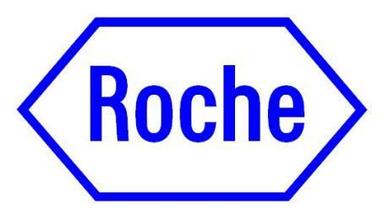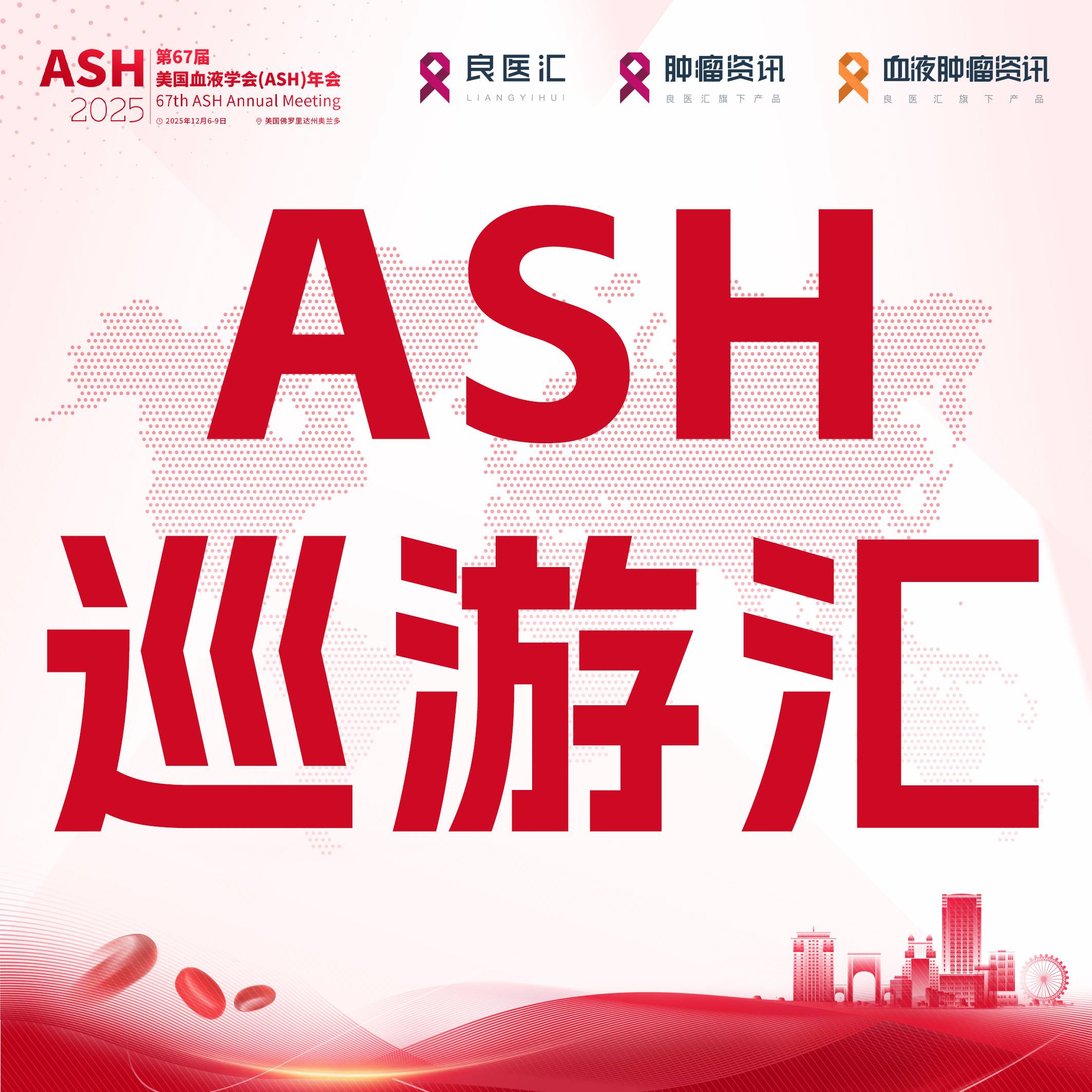1. Angelina Jolie: I had a double mastectomy to reduce my breast cancer risk. Available online at https://www.telegraph.co.uk/news/celebritynews/10055488/Angelina-Jolie-I-had-a-double-mastectomy-to-reduce-my-breast-cancer-risk.html (Accessed on August 12, 2019)
2. The Angelina Jolie effect: how high celebrity profile can have a major impact on provision of cancer related services. Evans DG, Barwell J, Eccles DM, Collins A, Izatt L, Jacobs C, Donaldson A, Brady AF, Cuthbert A, Harrison R, Thomas S, Howell A; FH02 Study Group; RGC teams, Miedzybrodzka Z, Murray A. Breast Cancer Res. 2014 Sep 19;16(5):442. doi: 10.1186/s13058-014-0442-6.
3. The Cell Cycle: Principles of Control. Morgan DO. London: New Science Press, 2007.
4. The Biology of Cancer. Weinberg RA. New York: Garland Science, 2006.
5. Cancer susceptibility and the functions of BRCA1 and BRCA2. Venkitaraman AR. Cell. 2002 Jan 25;108(2):171-82.
6. Environmental and heritable factors in the causation of cancer: analyses of cohorts of twins from Sweden, Denmark, and Finland, by P. Lichtenstein, N.V. Holm, P.K. Verkasalo, A. Iliadou, J. Kaprio, M. Koskenvuo, E. Pukkala, A. Skytthe, and K. Hemminki. N Engl J Med 343:78-84, 2000. O'Brien JM. Surv Ophthalmol. 2000 Sep-Oct;45(2):167-8.
7. Hereditary and familial colon cancer. Jasperson KW, Tuohy TM, Neklason DW, Burt RW. Gastroenterology. 2010 Jun;138(6):2044-5
8. doi: 10.1053/j.gastro.2010.01.054.8. Familial breast cancer: collaborative reanalysis of individual data from 52 epidemiological studies including 58,209 women with breast cancer and 101,986 women without the disease. Collaborative Group on Hormonal Factors in Breast Cancer. Lancet. 2001 Oct 27;358(9291):1389-99.
9. Systematic review of the relationship between family history and lung cancer risk. Matakidou A, Eisen T, Houlston RS. Br J Cancer. 2005 Oct 3;93(7):825-33.
10. Bladder cancer risk as modified by family history and smoking. Lin J, Spitz MR, Dinney CP, Etzel CJ, Grossman HB, Wu X. Cancer. 2006 Aug 15;107(4):705-11.
11. Risk of bladder cancer associated with family history of cancer: do low-penetrance polymorphisms account for the increase in risk? Murta-Nascimento C, Silverman DT, Kogevinas M, García-Closas M, Rothman N, Tardón A, García-Closas R, Serra C, Carrato A, Villanueva C, Dosemeci M, Real FX, Malats N. Cancer Epidemiol Biomarkers Prev. 2007 Aug;16(8):1595-600.
12. SEER Cancer Statistics Review, 1975-2011. Available online at http://seer.cancer.gov/csr/1975_2011/ (Accessed on July 17, 2019)
13. Cancer etiology. Variation in cancer risk among tissues can be explained by the number of stem cell divisions. Tomasetti C, Vogelstein B. Science. 2015 Jan 2;347(6217):78-81. doi: 10.1126/science.1260825.
14. Mortality in relation to smoking: 40 years' observations on male British doctors. Doll R, Peto R, Wheatley K, Gray R, Sutherland I. BMJ. 1994 Oct 8;309(6959):901-11.
15. Cigarette smoking and lung cancer in New Mexico. Samet JM, Wiggins CL, Humble CG, Pathak DR. Am Rev Respir Dis. 1988 May;137(5):1110-3.
16. What are the odds that smoking will kill you? Mattson ME, Pollack ES, Cullen JW. Am J Public Health. 1987 Apr;77(4):425-31.
17. Meta-analysis of studies of passive smoking and lung cancer: effects of study type and continent. Taylor R, Najafi F, Dobson A. Int J Epidemiol. 2007 Oct;36(5):1048-59. Epub 2007 Aug 9.
18. Obesity and cancer. Wolin KY, Carson K, Colditz GA. Oncologist. 2010;15(6):556-65. doi: 10.1634/theoncologist.2009-0285. Epub 2010 May 27.
19. Body Fatness and Cancer--Viewpoint of the IARC Working Group. Lauby-Secretan B, Scoccianti C, Loomis D, Grosse Y, Bianchini F, Straif K; International Agency for Research on Cancer Handbook Working Group. N Engl J Med. 2016 Aug 25;375(8):794-8. doi: 10.1056/NEJMsr1606602.
20. Mediterranean dietary pattern and cancer risk in the EPIC cohort. Couto E1, Boffetta P, Lagiou P, Ferrari P, Buckland G, Overvad K, Dahm CC, Tjønneland A, Olsen A, Clavel-Chapelon F, Boutron-Ruault MC, Cottet V, Trichopoulos D, Naska A, Benetou V, Kaaks R, Rohrmann S, Boeing H, von Ruesten A, Panico S, Pala V, Vineis P, Palli D, Tumino R, May A, Peeters PH, Bueno-de-Mesquita HB, Büchner FL, Lund E, Skeie G, Engeset D, Gonzalez CA, Navarro C, Rodríguez L, Sánchez MJ, Amiano P, Barricarte A, Hallmans G, Johansson I, Manjer J, Wirfärt E, Allen NE, Crowe F, Khaw KT, Wareham N, Moskal A, Slimani N, Jenab M, Romaguera D, Mouw T, Norat T, Riboli E, Trichopoulou A. Br J Cancer. 2011 Apr 26;104(9):1493-9. doi: 10.1038/bjc.2011.106. Epub 2011 Apr 5.
21. Carcinogenicity of consumption of red and processed meat. Bouvard V, Loomis D, Guyton KZ, Grosse Y, Ghissassi FE, Benbrahim-Tallaa L, Guha N, Mattock H, Straif K; International Agency for Research on Cancer Monograph Working Group. Lancet Oncol. 2015 Dec;16(16):1599-600. doi: 10.1016/S1470-2045(15)00444-1. Epub 2015 Oct 29.
22. Daily total physical activity level and total cancer risk in men and women: results from a large-scale population-based cohort study in Japan. Inoue M1, Yamamoto S, Kurahashi N, Iwasaki M, Sasazuki S, Tsugane S; Japan Public Health Center-based Prospective Study Group. Am J Epidemiol. 2008 Aug 15;168(4):391-403. doi: 10.1093/aje/kwn146. Epub 2008 Jul 2.
23. Moderate alcohol intake and cancer incidence in women. Allen NE, Beral V, Casabonne D, Kan SW, Reeves GK, Brown A, Green J; Million Women Study Collaborators. J Natl Cancer Inst. 2009 Mar 4;101(5):296-305. doi: 10.1093/jnci/djn514. Epub 2009 Feb 24.
24. Childhood sun exposure as a risk factor for melanoma: a systematic review of epidemiologic studies. Whiteman DC, Whiteman CA, Green AC. Cancer Causes Control. 2001 Jan;12(1):69-82.
25. Cancer Facts and Figures 2005. American Cancer Society. American Cancer Society, Atlanta, GA 2005.
26. Human papillomaviruses. IARC Working Group on the Evaluation of Carcinogenic Risks to Humans. IARC Monogr Eval Carcinog Risks Hum. 1995;64:1-378.
27.Bilateral prophylactic mastectomy reduces breast cancer risk in BRCA1 and BRCA2 mutation carriers: the PROSE Study Group. Rebbeck TR, Friebel T, Lynch HT, Neuhausen SL, van 't Veer L, Garber JE, Evans GR, Narod SA, Isaacs C, Matloff E, Daly MB, Olopade OI, Weber BL. J Clin Oncol. 2004 Mar 15;22(6):1055-62. Epub 2004 Feb 23.


















 苏公网安备32059002004080号
苏公网安备32059002004080号


